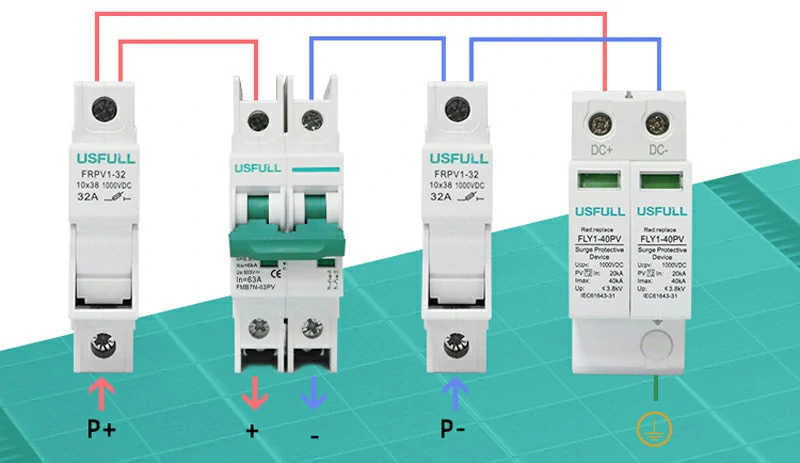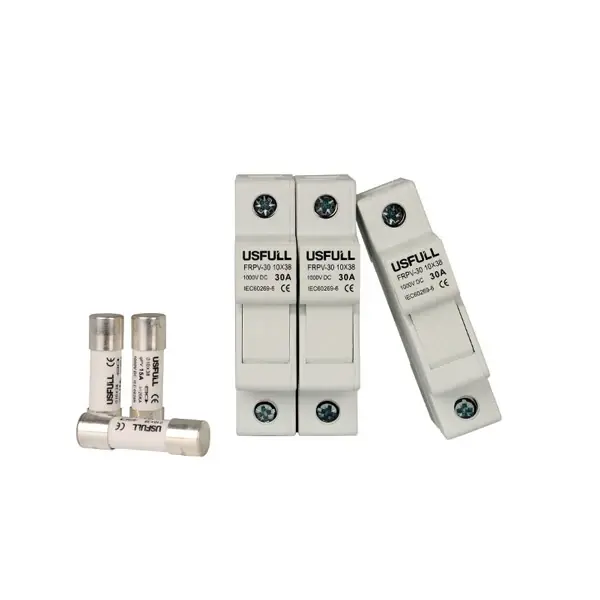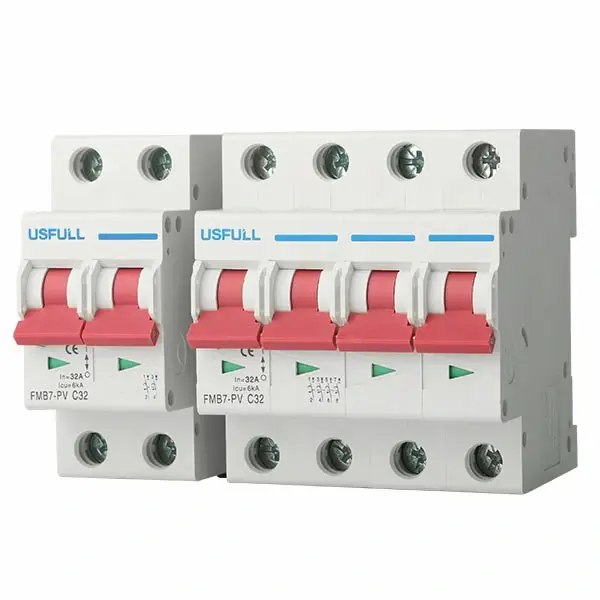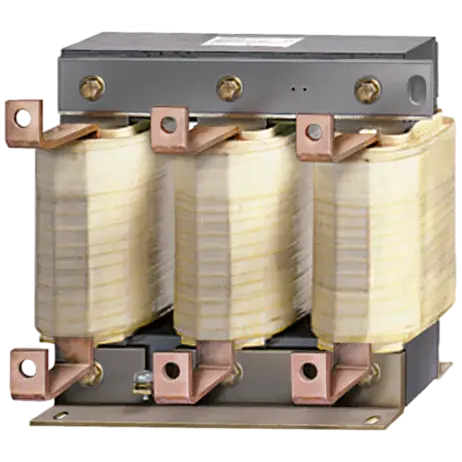Protect Your PV Investment
It is very common to see a lot of installations around the farms in Botswana with little to no PV System protection. The pupose of this guide is to help installers and consumers alike to know the basic electrical protection elements to use in their installations. For purposes of this guide we wil be using a 2.2kw PV inverter.
We will conclude the guide with other useful elements, still available in our store, that installers can use to enhance their investment.

Surge Protection
DC SPD continuously monitors the voltage level of the electrical system. When the voltage exceeds a predetermined threshold, indicating that a surge or transient has occurred, the DC SPD activates to provide protection.
DC SPDs are designed to limit surge voltage levels to safe thresholds. This voltage limit ensures that overvoltages do not exceed the load capacity of the device. By keeping the voltage within a safe range, the DC SPD protects the system from damage and helps prevent equipment failure.
Some sensitive devices within a photovoltaic system, such as inverters, may benefit from additional device-level surge protector. These Type 3 DC SPDs offer an extra layer of protection specifically tailored to your equipment’s needs. Refer to the device manufacturer’s recommendations to determine if a device-level SPD is required.
It is important to note that the specific requirements for DC SPDs in photovoltaic installations may vary depending on factors such as system size, installation site, local electrical codes, and industry standards. It is best to consult a qualified solar installer or electrician who can evaluate your system and provide specific advice on the number and type of DC SPDs required for optimal surge protection.
Also, make sure the DC SPD 1000v you choose has the voltage and surge current ratings and the necessary certifications to meet local safety standards. It is also recommended that DC SPDs be maintained and inspected regularly to ensure that they continue to be effective in protecting our solar system.
In the picture, the DC Surge protection device is shown is connected in parallel with the DC source and earthed.
Regular Maintenance and Inspection
Regularly check and maintain the installed DC SPD according to the manufacturer’s recommendations. This includes visual inspection, testing, and replacement if necessary. Regular maintenance helps ensure the long-term effectiveness of your photovoltaic system’s overvoltage protection.
We recommend that you consult a qualified solar installer or professional electrician for specific installation guidelines for your solar system and local regulations. By following these guidelines, you can provide robust solar surge protector for your photovoltaic application, protect your equipment, and ensure system reliability.
DC Fuse
The primary purpose of DC fuses is to protect electrical circuits from excessive currents that could lead to overheating and potentially cause damage to equipment or create safety hazards.
DC fuses are used in various electrical circuits, including automotive, solar power systems, battery systems, and industrial applications, to safeguard components from overloads or short circuits.
By interrupting the flow of current when it exceeds a safe level, DC fuses prevent damage to sensitive electronic components, such as inverters, motors, controllers, and other electrical devices.


DCMCB
Like a fuse, a DC MCB is designed to protect electrical circuits from overcurrent conditions. It detects excessive current flowing through the circuit and interrupts the flow to prevent damage to equipment or wiring.
Unlike a fuse, which needs to be replaced after it interrupts the circuit, a DC MCB is resettable. Once the overcurrent condition is resolved, the MCB can be manually reset, restoring power to the circuit.
Overall, DC MCBs provide reliable and convenient overcurrent protection for DC electrical circuits, offering advantages such as resetability, selective tripping, and adjustable settings compared to traditional fuses. They are commonly used in various applications, including solar power systems, automotive electronics, battery systems, and industrial equipment.
Select a DC MCB that will trip below the maximum allowable current for the device you are protecting.
AC Output Reactor
For installations where the cable between the pump motor and the inverter exceeds 50m, we recommend the installation of an output reactor to smoothen out the harmonics that may result from the cable inductance.
When the inverter and motor are located far apart, the parasitic capacitance between them can cause high peak currents when the inverter turns on. This can lead to deterioration of the drive condition and potentially damage the switch. To mitigate this issue, one approach is to increase the wire cross-sectional area. This helps reduce the overall impedance of the connection and minimizes voltage drops, thereby reducing the peak current during startup.
Long wires between the inverter and motor can result in significant voltage drops, leading to an increase in stator current. This can affect the performance and efficiency of the system.

To address voltage drop issues, it's important to ensure that the wire cross-sectional area is sufficient to keep voltage drop within acceptable limits, typically 2% or less. This might involve using thicker wires or copper conductors with lower resistance.
Installing an output reactor in the inverter's output circuit can help compensate for the distributed capacitance generated by the long-distance wires. This reactor helps limit the charging current due to capacitance and stabilizes the voltage at the motor terminals.Solution: When selecting an output reactor, it's essential to refer to the manufacturer's instruction manual for guidance on the appropriate specifications and installation requirements. The reactor's parameters should be chosen based on factors such as the length of the wire, capacitance, and the specific requirements of the inverter and motor system.
By addressing these issues through proper wire sizing and the use of output reactors, you can optimize the performance and reliability of the inverter and motor system, especially over long distances.